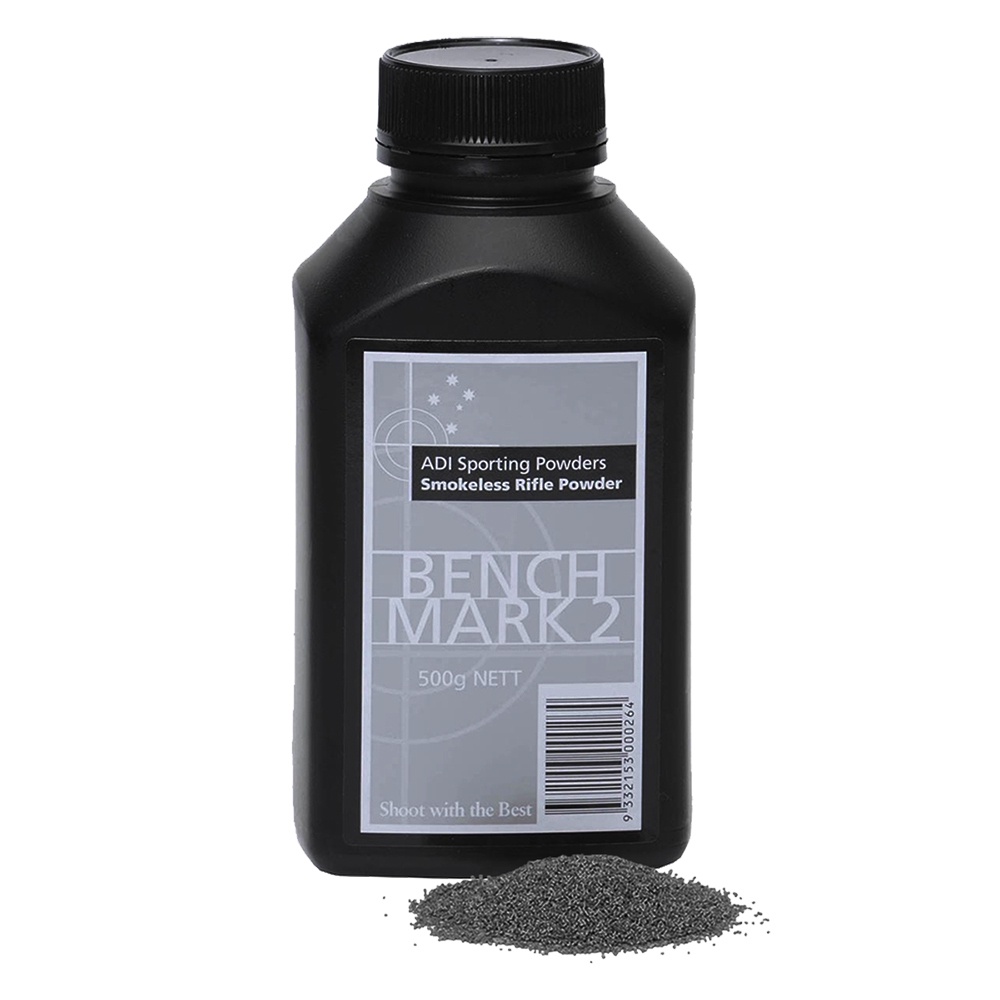

In: Hopkinson N, Hague RJM, Dickens P (eds) Rapid manufacturing: an industrial revolution for the digital age. KG, Munichįox B (2006) Rapid manufacture in the aeronautical industry. Schmid M (2018) Laser sintering with plastics. Yuan S, Shen F, Chua CK, Zhou K (2018) Polymeric composites for powder-based additive manufacturing: materials and applications. Goodridge RD, Tuck CJ, Hague RJM (2012) Laser sintering of polyamides and other polymers. Hopkinson N (2006) Production economics of rapid manufacture. Gao W, Zhang Y, Ramanujan D, Ramani K, Chen Y, Williams CB, Wang CCL, Shin YC, Zhang S, Zavattieri PD (2015) The status, challenges, and future of additive manufacturing in engineering. Huang Y, Leu MC, Mazumder J, Donmez A (2015) Additive manufacturing: current state, future potential, gaps and needs, and recommendations. Tofail SAM, Koumoulos EP, Bandyopadhyay A, Bose S, O’Donoghue L, Charitidis C (2018) Additive manufacturing: scientific and technological challenges, market uptake and opportunities. (2014) ASTM F3091-14 standard specification for powder bed fusion of plastic materials. The resulting datasets will be made publicly available to modelers and practitioners for the purpose of improving certifiability and repeatability of end-use parts manufactured by LS. Results are discussed in the context of the literature, offering novel insights including distributions of particle size and shape, localization of semicrystalline phase changes due to LS processing, effect of chemical aging on melt viscosity, porosity orientation relative to LS build axes, and microstructural effects on tensile properties and failure mechanisms.


In this study, a single commercially important LS PA12 feedstock has been processed along four build dimensions of a modern production LS machine, characterized by a wide range of physical techniques, and compared to the same material formed by conventional melt processing. Although an extensive scientific literature has been developed to address some of these concerns, results are distributed among numerous reports based on different machines, materials, process parameters, and users. Laser sintering (LS) of polyamide 12 (PA12) is increasingly being adopted for industrial production of end-use parts, yet the complexity of this process coupled with the lack of organized, rigorous, publicly available process-structure-physical property datasets exposes manufacturers and customers to risks of unacceptably poor part quality and high costs.


 0 kommentar(er)
0 kommentar(er)
